15 Most Famous Slaves In Human History
Human history has seen many phases. Wars, blood, survival, discoveries, inventions, development and even slavery have long been ...
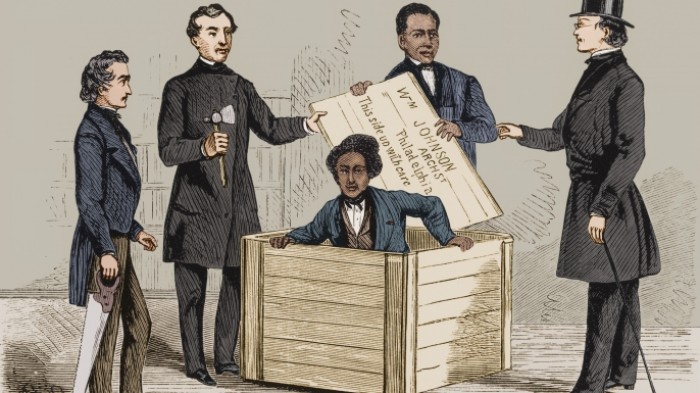
Human history has seen many phases. Wars, blood, survival, discoveries, inventions, development and even slavery have long been in human history. Slavery is one shameful portion of the past of mankind. What’s even more depressing is that it still continues in some parts of the world. Apart from the physical slavery, mental slavery is an extensive bondage in present scenario. Low paid jobs or sweat shops in third world countries is another form of slavery.
People have always wanted to subjugate others and take unfair advantage of them ever since complex societies have evolved. A lot of people, who have been dominated by the tyrants for years, have left a mark in history. Their hardships have hit hard on mankind and so they became the most famous slaves in history.
15. Margaret Garner
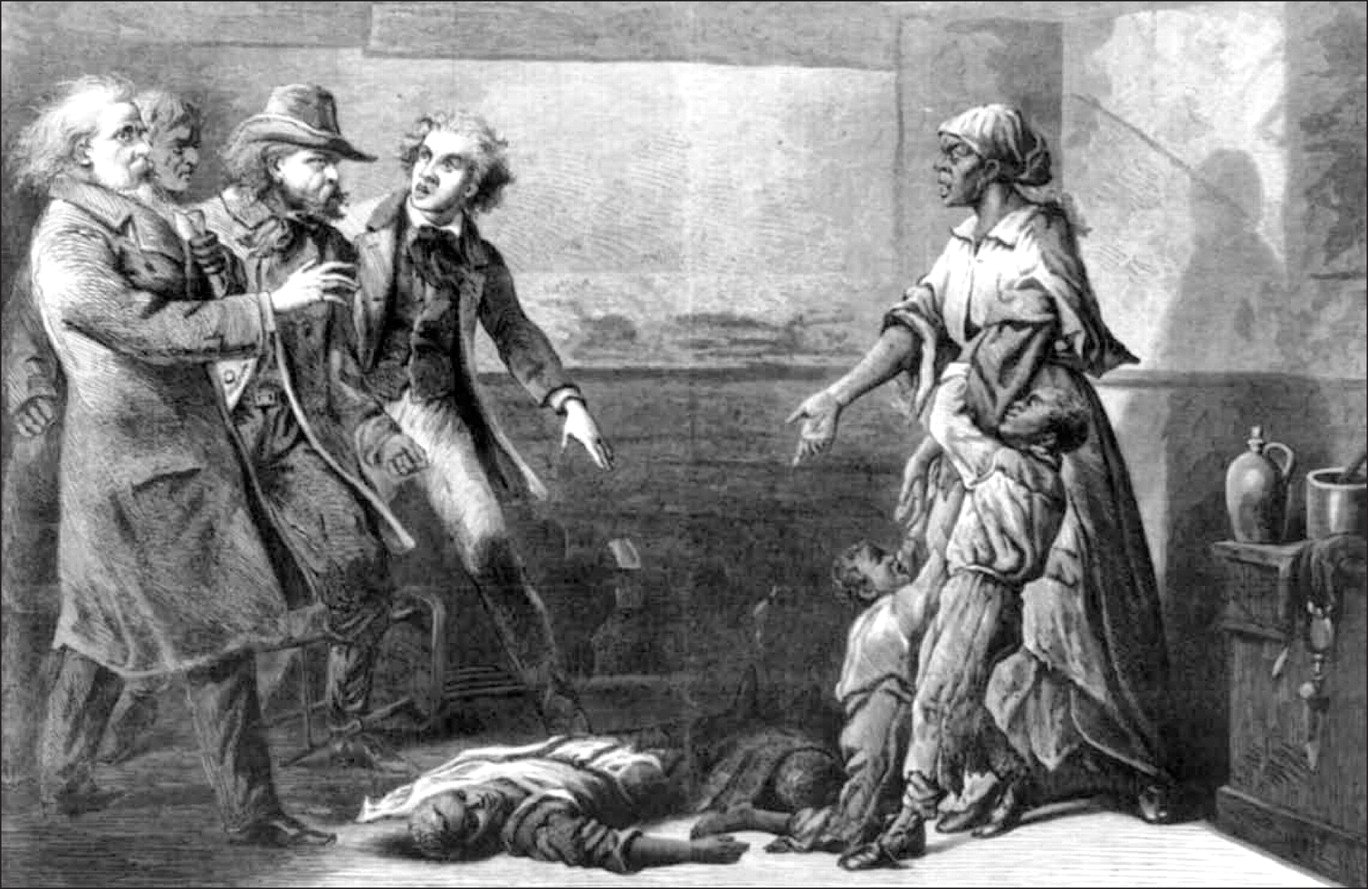
The lady was an Afro-American slave who killed her daughter from escaping the horrors of slavery. The family tried to escape to a free state in January 1856 but was caught up by the slave catchers. She however managed to kill her 2 year old daughter and further planned to kill herself along with other children but the slave catchers stopped her. Toni Morrison was highly touched by her story and so he wrote the novel ‘Beloved’.
14. George Washington Carver
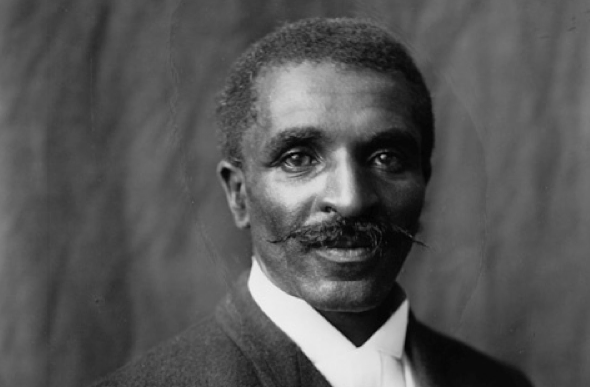
George Washington Carver never experienced an air of freedom since the day he was born in Diamond Grove, Missouri in 1860s. His parents were the slaves of a German American immigrant, Moses Carver. After the abolishment of slavery, Moses and his wife Susan undertook the responsibility of raising George and his brother James for a better future. George stood up to their expectations and became a scientist, educator, botanist and an inventor. He made remarkable contributions to the farming segment. Alternate farming of cotton with other plants turned out to the utmost benefit of farmers.
13. Abram Petrovich Gannibal
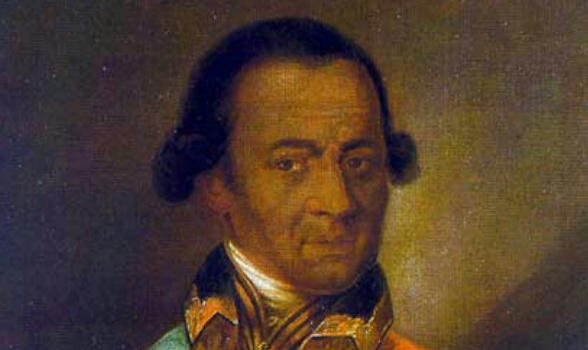
Also known by the names Hannibal and Ganibal, Major-General Abram Petrovich Gannibal belonged to the African land. Peter the great brought him to Russia. But Gannibal had his way set and so he became the major general, military engineer and governor of Reval. He is the great grandfather of Aleksandr Pushkin who wrote the novel The Moor of Peter the Great which still remains incomplete.
12. Frederick Douglass
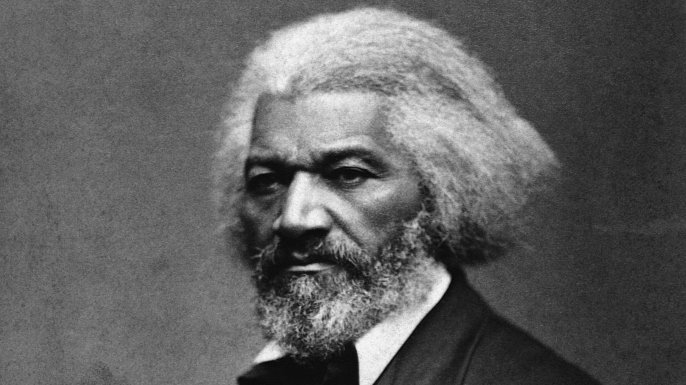
Frederick Augustus Washington Bailey was born in Talbot County, Maryland. Living a life of slave never pleased him. He educated himself and after various attempts finally escaped in 1838. He is known to be a great orator, statesman, writer and most of all a social reformer today. He also became the leader of abolitionist movement and proved the whites wrong against their argument that blacks did not possess enough intellectual to live independently.
11. Nat Turner
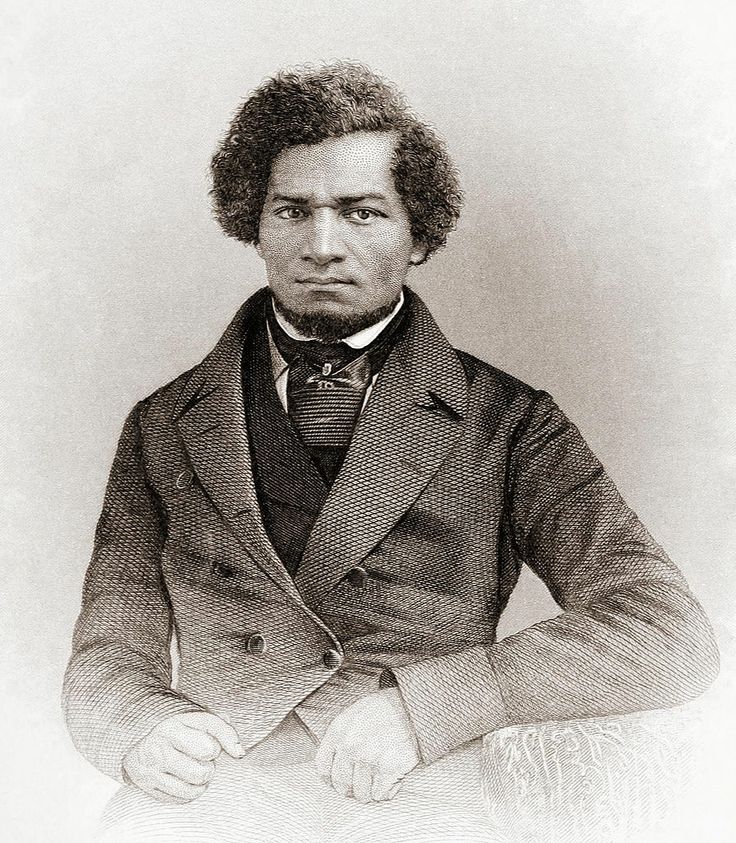
Nat Turner was an enslaved Afro-American who led a rebellion Southampton County, Virginia in 1831. About 50 free slaves and free blacks killed at least 55 whites. Turner claimed to seek visions and directives from god. On August 21, 1831, he went on another murderous spree with four other slaves near Jerusalem killing various men, women and children. His supporters had grown to 40 or 50 but local militia confronted most of them. Turner escaped but was captured in October and hanged in November. “The Confessions of Nat Turner” was Turner’s description of actions that he had described to Thomas R. Gray. His failed rebellion caused the deaths of hundreds of black and tougher rules limiting the activities of slaves were imposed by the whites upon them.
10. Anna J. Cooper
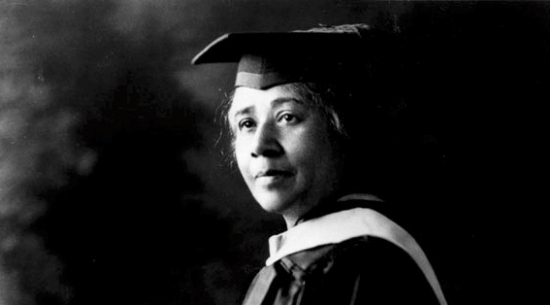
Cooper was born into slavery in the house of George Washington Haywood in Raleigh, North Carolina in 1858 and today she is one of the most celebrated American author, educator and scholar. She is also the 4th Afro-American woman to obtain a doctoral degree. Her only published work ‘A Voice from the South: By a Woman from the South’ became one of the first landmarks in black feminism.
9. James Somersett
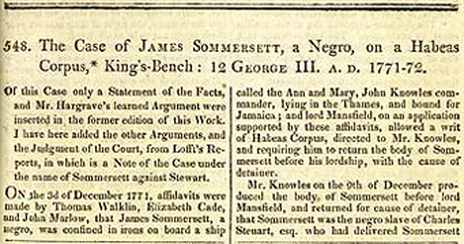
James Somersett was purchased in 1749 in Virginia by Charles Stuart who worked with the English government service. On Somersett’s tour to England with Stuart in 1769, he became a part of anti-slavery movement. Somersett received his name James in a church ceremony during this period. He managed to escape from slavery but was recaptured and his trial spelt the end of slavery in England.
8. Toussaint Louverture
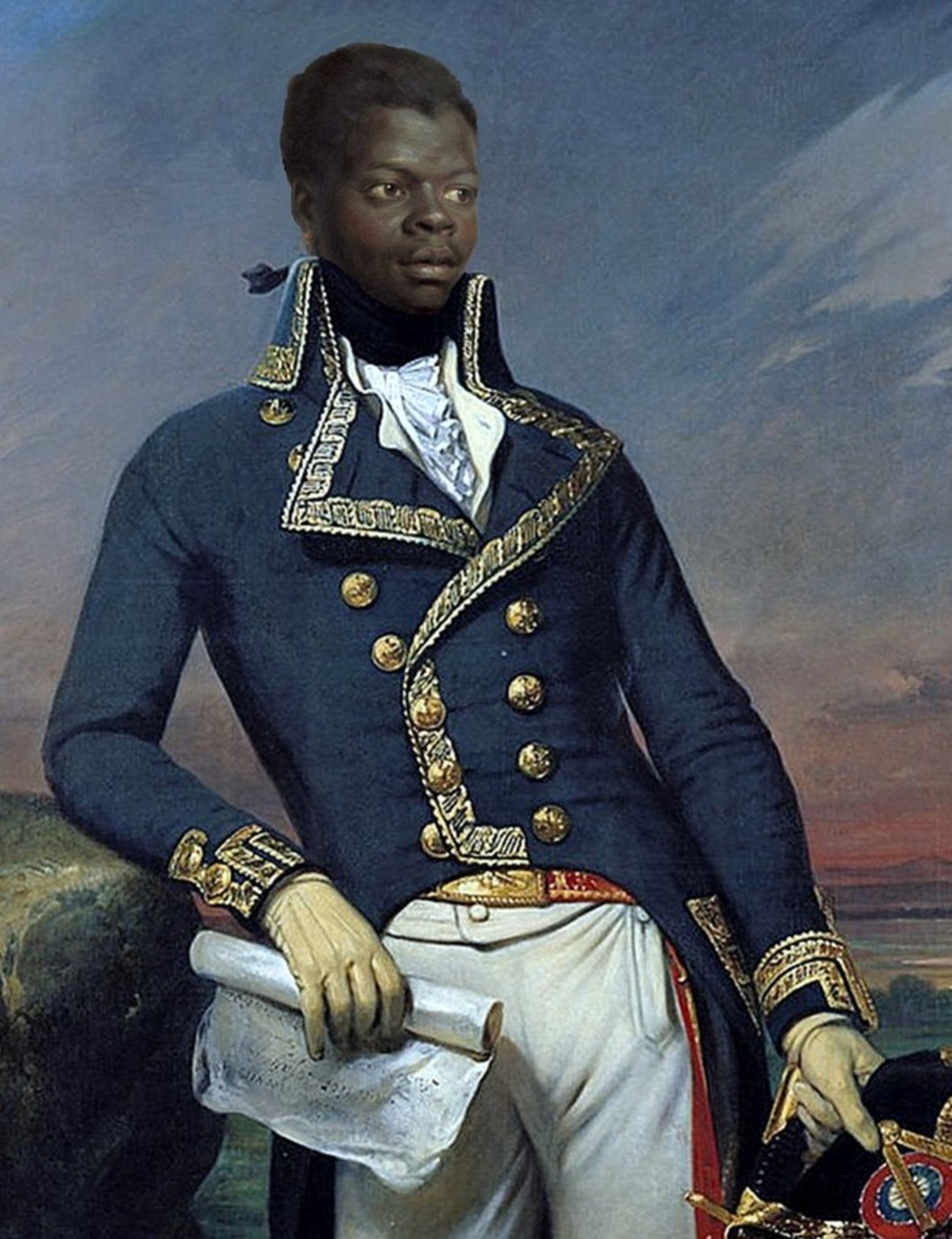
Toussaint Louverture was a slave since his birth on a plantation of Breda at Haut de Cap in Saint-Domingue. He got free from this system at the age of 33 but continued to work on the plantation. He was a prominent leader of the Haitian Revolution. He set an example for the New World slaves by making Haiti independent.
7. Enrique of Malacca
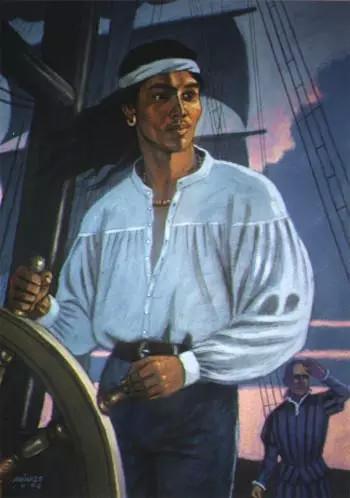
Enrique of Malacca was also known as Henry the Black. He was a native of Malay Archipelago and served Ferdinand Magellan. Ferdinand Magellan purchased him from Malaccan slave market in 1511 after he was captured by Sumatran slavers from his home island. Enrique was also an interpreter to Magellan. He accompanied him on his famous search for the westward passage to Pacific Ocean. Enrique made the first known cultural circumnavigation. He possibly crossed every longitude to travel to reach to the people who spoke his language.
6. Aesop
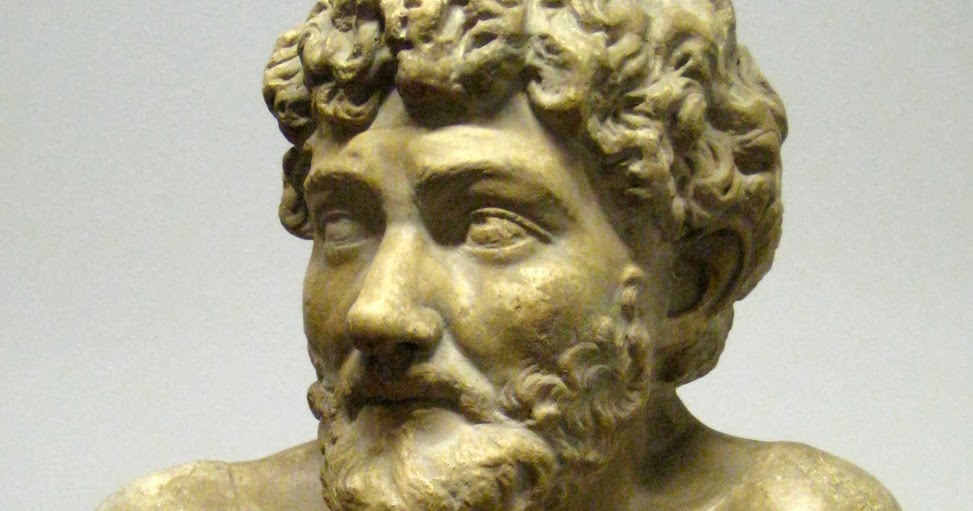
Aesop was a storyteller and fabulist famous for Aesop’s fables. Ladmon of Samos had taken him as his slave in ancient Greece. He never wrote his stories but he handed down many fables in oral. His stories are characterized by animals and objects that can speak and possesses human characteristics.
5. Saint Patrick
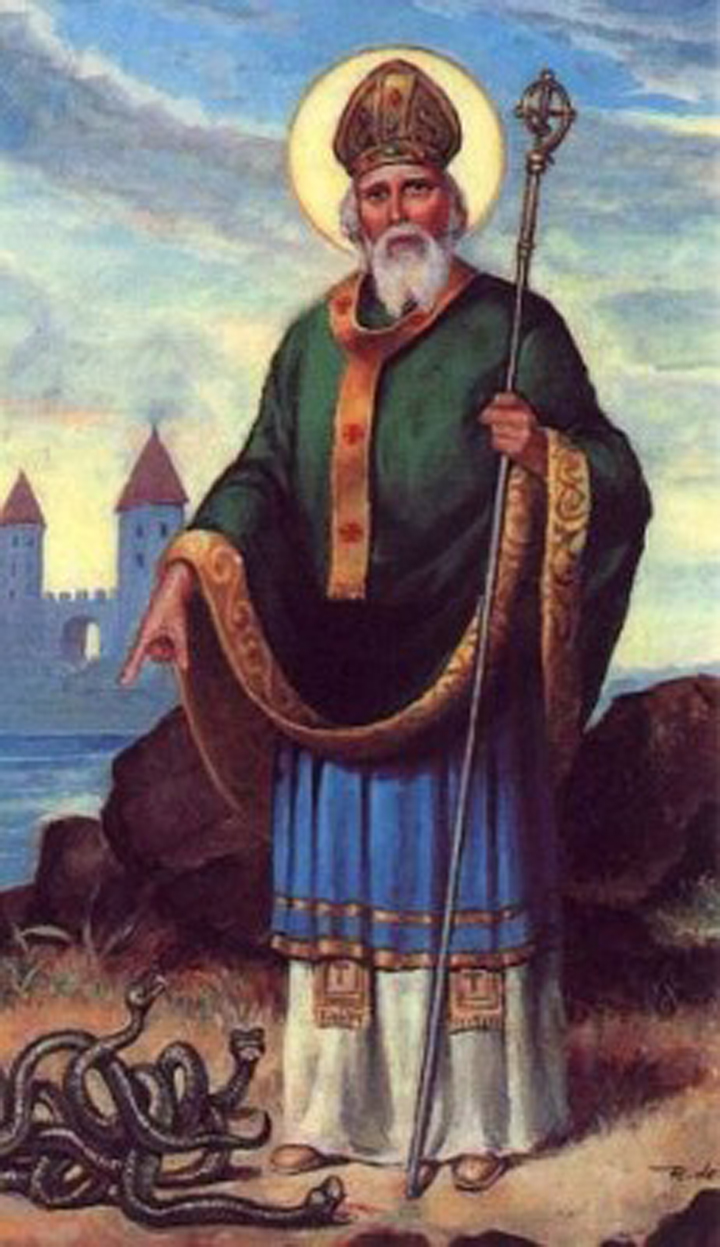
St. Patrick is admired by Christians for establishing the church in Ireland during 5th century AD. The exact details of his life are unclear but some facts remain common. He was captured and sold into slavery in Ireland in his teenage. He escaped from his master six years later and became a monk after some years. On his return to Ireland in 432 as a missionary, he converted many tribes to Christianity. Much later, he wrote a brief text about his life ‘Confessio’.
4. Spartacus
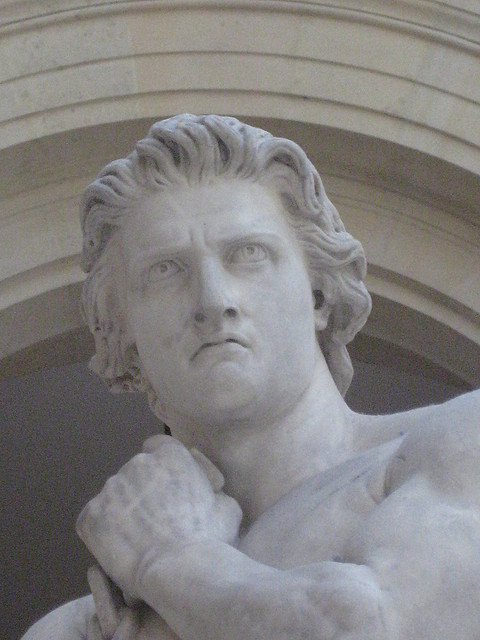
Spartacus was a Thracian who served in the Roman army. He became a bandit and on being caught, he became a slave. He later escaped the gladiatorial school and plotted a revolt with the runaway slaves on Mount Vesuvius. He was also the leader of third Servile War against Roman Republic. Before their defeat from the lefions of Marcus Licinius Crassus in Lucania, they won many battles in southern Italy and Spartacus died in this battle.
3. Zayd ibn Harithah
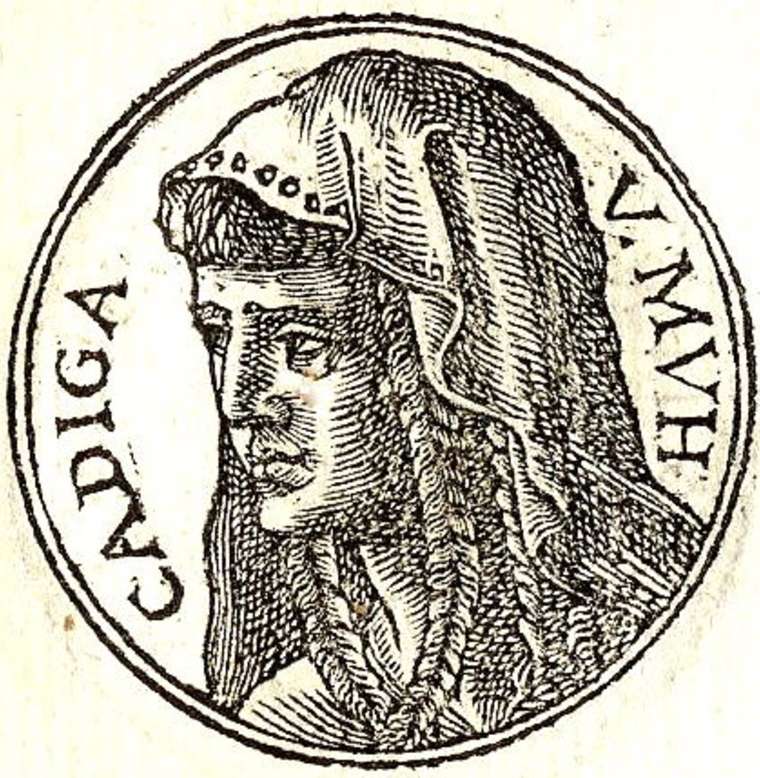
Zayd ibn Harithah was also known as Zayd mawla Muhammad. He was a companion of Prophet Mohammad. Born in a tribe called Kalb in Najd of Central Arabia, he was kidnapped at a very young age and sold as slave. A merchant of Mecca, Hakim ibn Hizam bought him and presented to Khadijah bint Khuwaylid who was his aunt. She married Muhammad and gave him Zayd as a present. Muhammad has been said to get very attached to Muhammad.
2. Ammar ibn Yasir
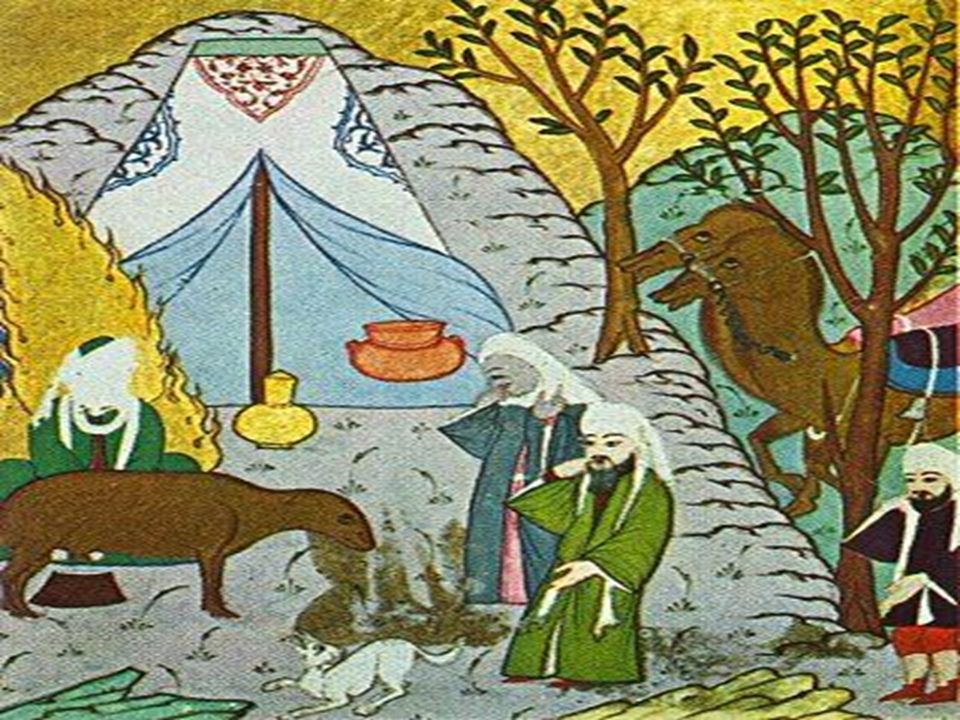
Ammar ibn Yasir is another famous companion of Muhammad. He was one of those slaves who were freed by Abu Bakr. He is one of the Four Companions of Shi’a Muslims. He was born in the Year of the Elephant (570) and so he is as old as Muhammad. Even before Islam, Ammar was Muhammad’s friend. Banu Adi had kept Ammar as his slave. He was killed in the battle of Siffin (657) by ibn Hawwa esaksaki and Abu Al’Adiyah.
1. Henry “Box” Brown
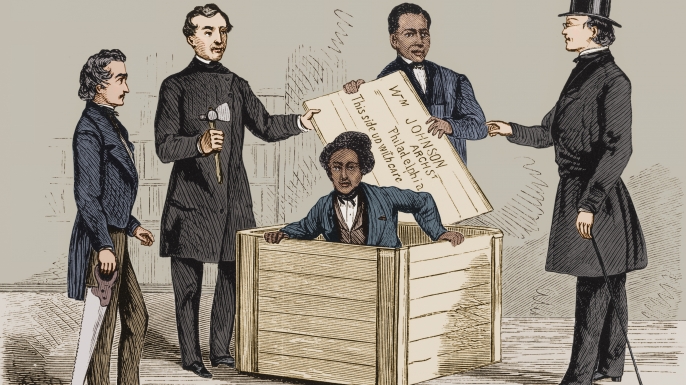
Henry Brown determined to escape from slavery after his wife and children were sold and sent to some other state in 1848. He made a plan to ship from Richmond to Philadelphia in a wooden crate with the help of free blacks and a white shopkeeper. After many troubles, he safely arrived at Philadelphia. This story made him a celebrity in New England. But after the passage of the Fugitive Slave Act of 1850, he had to flee from the country. After this ‘Box’ Brown spent several years in Great Britain hosting stage acts that presented his escape. In 1875, he returned to United States and worked as a magician. For the acts of this profession, he climbed on same wooden crate that had once carried him to freedom.
Popular Posts
Top 10 Sharpest & Deadliest Swords In History
In classic mythological movies, books and television, we’ve seen those audacious sword-wielding heroes smiting the enemi...
Augustus Perez
List of Water Deities from Different Mythologies
Water deities are the gods and goddesses who had the powers to control the elements of water and ruled over all the fresh and saltwater of the earth. Here’s a list of water deities from different mythologies.
Rishika Gupta
Winged Lion: The Terrifying Mythical Creature In Different Mythologies
A mythological creature, a winged lion dates back to ancient times. This flying lion-like creature has origins in Heraldry, Christianity, Mesopotamian, and Greek mythologies.
Ethan Stephans








